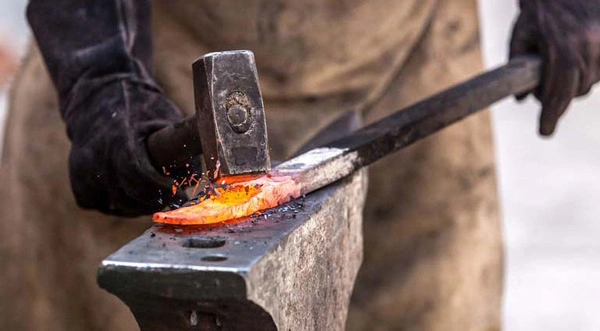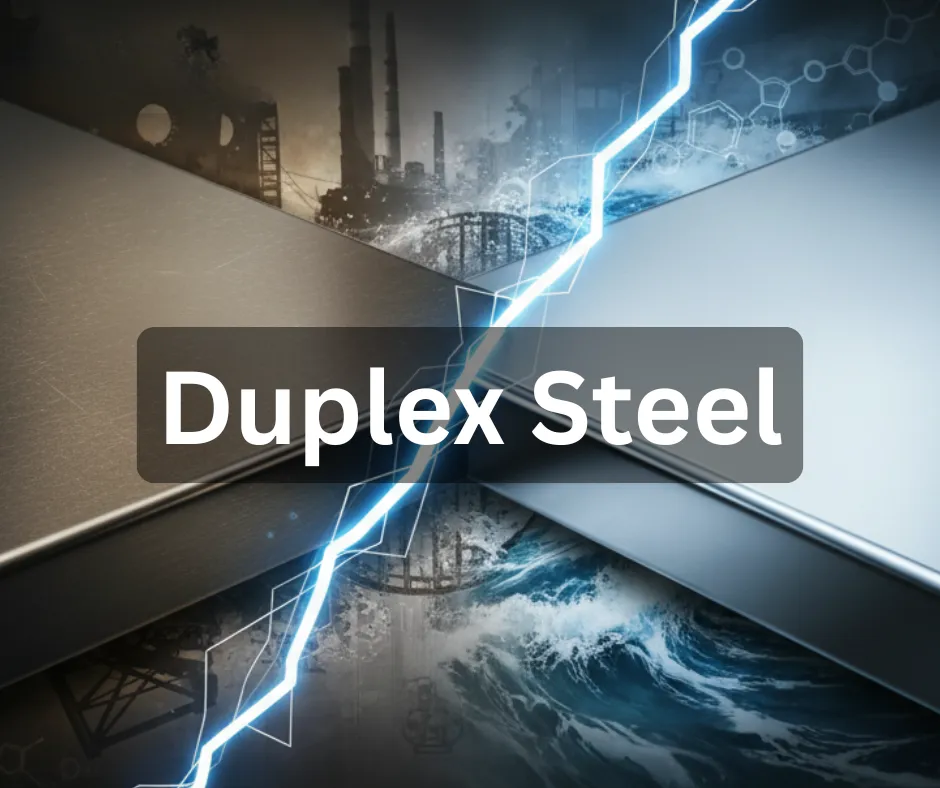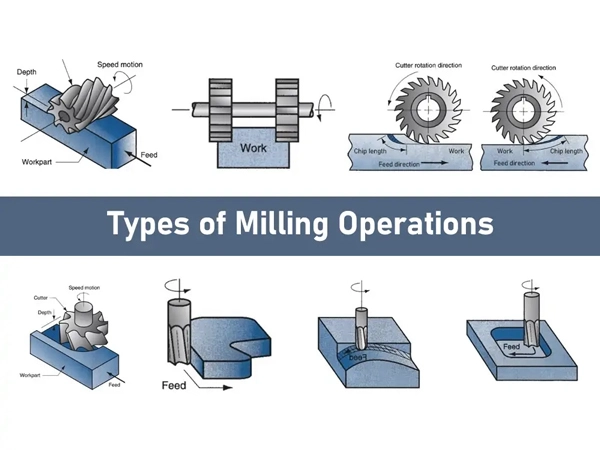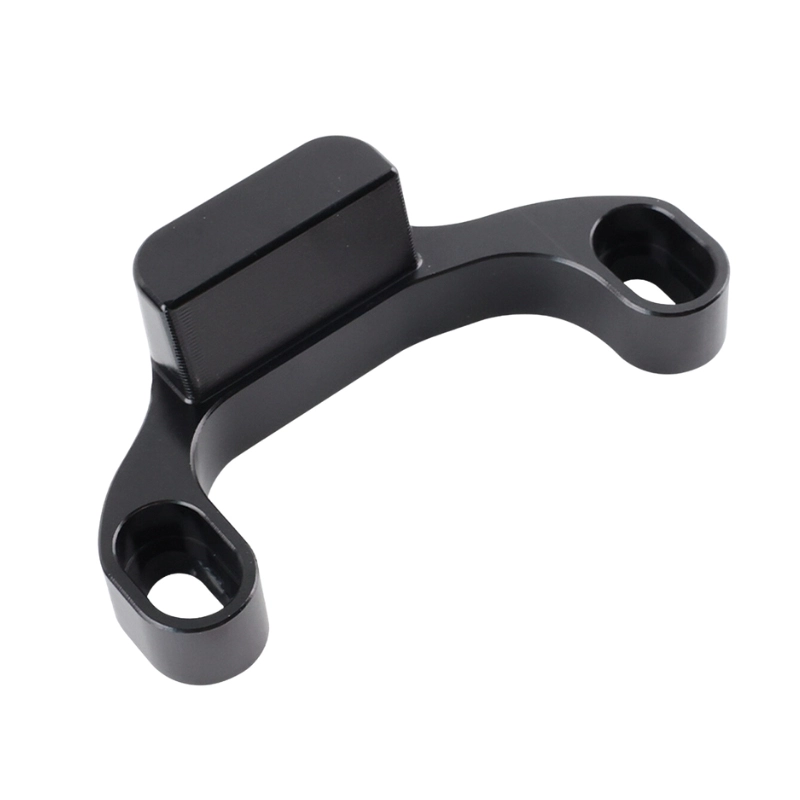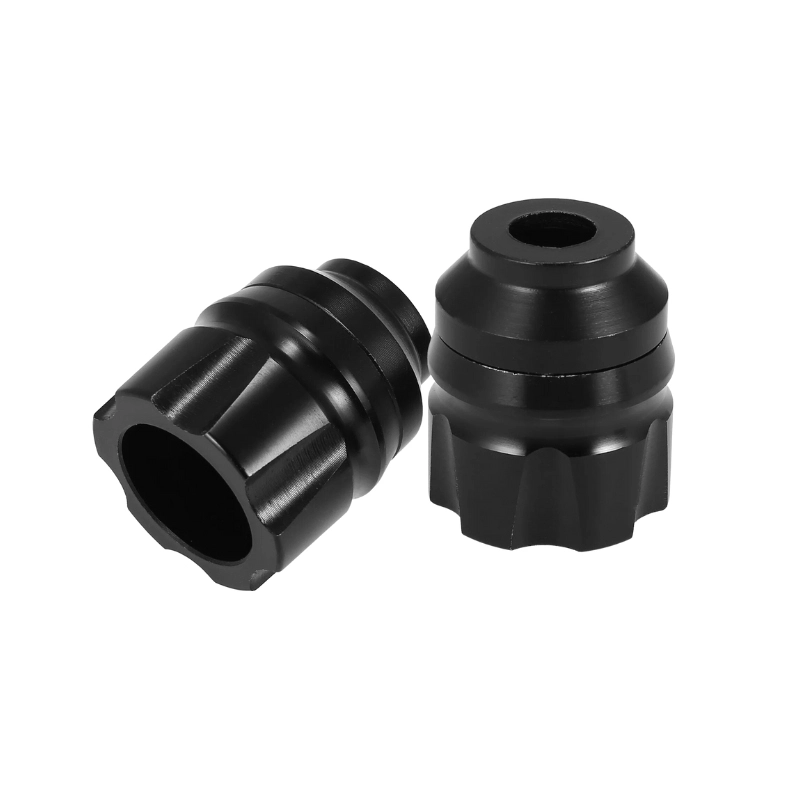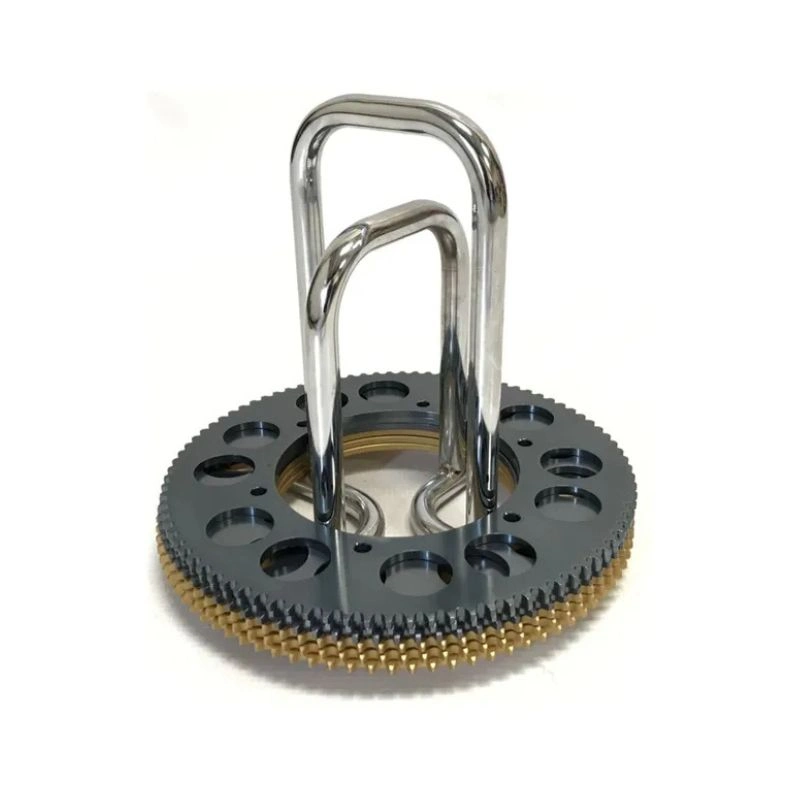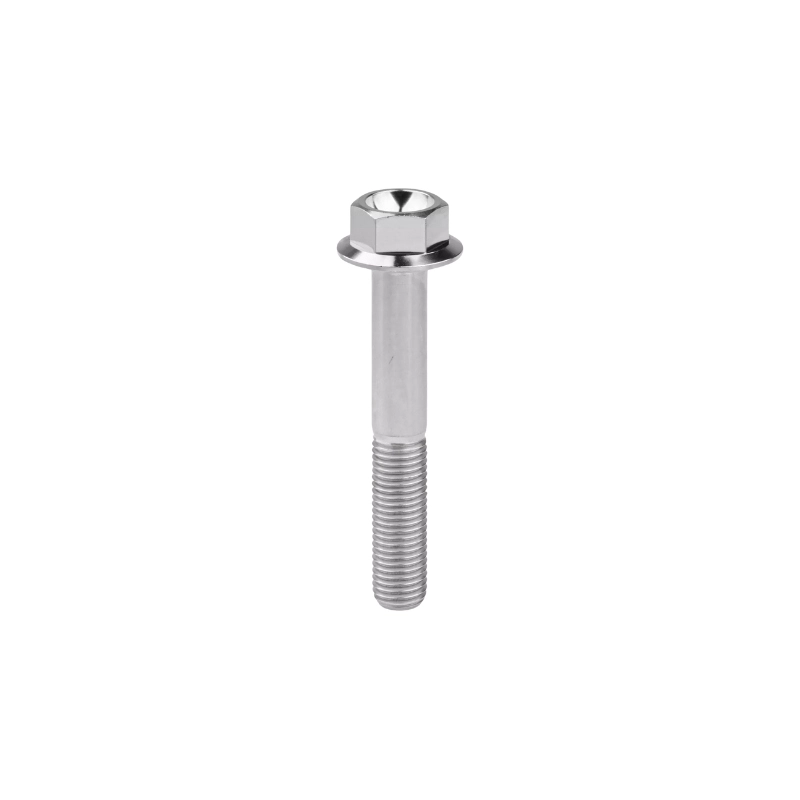Laser welding, as an advanced sheet metal processing technology, has already become dominant in the manufacturing industry. If you are wondering whether your custom product projects are suitable for processing with laser welding, this article will provide you with effective assistance from the principles, characteristics, applications, advantages, and disadvantages, based on HDC’s more than ten years of metal fabrication experience.
What is laser welding and how does it work?
Laser welding is a precise welding method, also called laser beam welding(LBW). Laser welding differs from other welding methods in that it uses a laser beam.
By highly concentrating the laser beam( Diameter 0.1mm-2mm)on the materials’ surface to be joined, the high temperature generated by the laser beam heats the materials in the joining area to their melting point, causing them to melt. The molten materials fuse together, and after cooling and solidifying, form a strong and permanent connection.

The process of laser welding
Prework
- Before performing laser welding, we thoroughly clean the materials because any residual contamination can affect the welding process or cause porosity or cracks in the weld seam.
- Since laser welding requires extremely tight assembly gaps (usually less than 10% of the material thickness), we securely fix the workpieces to be welded on matching fixtures to ensure that the weld seam remains closely fitted and does not shift during processing.
- We set up the laser welding equipment’s program and parameters according to your product design requirements, such as welding path, speed, power, etc., and also use a specialized low-power laser to simulate the laser path to ensure the parameters are correctly set.
- Before the actual welding, we accurately position the starting point of the weld directly under the laser focus and adjust the distance between the laser head and the workpiece so that the focus is in the optimal position. This ensures the appropriate weld penetration and width.
Welding
After completing the above preparations, our operators will start the laser welding equipment and monitor the entire process, promptly making appropriate adjustments if any abnormalities are detected.
During the welding process, the molten pool generated by the material can easily react chemically with components in the air, so we continuously and stably use inert shielding gases (such as argon or helium) to protect the welding area, preventing oxidation or nitridation and avoiding weld brittleness or porosity.
Follow-up work
After the above laser welding process is completed, the shielding gas will continue to be supplied for a few seconds to protect the weld that has not yet solidified until it is fully solidified. Once the workpiece has cooled, we will conduct a comprehensive quality inspection to ensure that the product fully meets your requirements.
Types of laser welding
Depending on the laser energy density and welding depth, laser welding is generally divided into two types: heat conduction welding and deep penetration welding.
Conduction Welding
Heat conduction welding is one of the most common laser welding methods. It uses a laser with a lower power density to irradiate the surface of the material, generating heat that only melts the surface metal, creating a stable weld pool that achieves a shallow penetration depth (usually within 1–2 mm). Due to the low heat input, the weld surface is smooth and aesthetically pleasing, and usually does not require subsequent sanding.
Heat conduction welding is suitable for materials with low melting points and thin thicknesses, and is often used for products with high requirements for precision and appearance, such as heat sink housings.
Keyhole(Deep Penetration) Welding
Deep penetration welding, also known as keyhole welding, is a high-power laser welding method. In this mode, the laser energy is very concentrated and can melt or even vaporize the metal in a very short time. The pressure generated by vaporization creates a thin keyhole in the molten metal, along which the laser penetrates deep into the material, creating deep, narrow, and high-strength welds.
Deep penetration welding has a fast welding speed and large penetration depth, making it suitable for metal materials with large thickness and high strength requirements, and is commonly used in automobile manufacturing, aerospace and other industries that require medium and thick plate welding, such as automotive body structural parts.
Types of Lasers Used for Welding
Lasers used for welding can be divided into several categories according to the active medium that produces the laser:
| Type | Active Medium | Wavelength | Advantages | Limitations | Applications |
|---|---|---|---|---|---|
| Fiber Laser Welding | Rare-earth-doped Glass Optical Fiber | ~1070nm |
|
| Applicable to most fields, such as automobile manufacturing, metal sheet fabrication. |
| CO₂ Laser Welding | Mixture of CO₂, Nitrogen, Helium gas | ~10.6 μm |
|
| Suitable for medium and thick plate welding, such as shipbuilding, heavy machinery structures, and non-metallic material processing. |
| Nd: YAG Laser Welding | Neodymium-doped YAG (Yttrium Aluminum Garnet) Crystal | 1064nm |
|
| Suitable for precision micro welding, commonly used in medical devices and electronic components (such as sensors). |
| Blue/Green Laser Welding | Laser Diode Frequency Doubling | Blue:~450nm Green:~532nm |
|
| Suitable for welding high reflectivity materials, such as batteries and motors of new energy vehicles, which are very popular now. |
| Diode Laser Welding | Semiconductor Diode | 808-980 nm |
|
| Suitable for shallow welding, such as plastic welding and thin sheet metal welding. |
Advantages and disadvantages of laser welding
Advantages
Applicable to many materials
There are many kinds of materials that can be laser welded, including metals and non-metals. Moreover, laser welding can easily join dissimilar metals, which is difficult to achieve using TIG or MIG welding.
Metal
steel, carbon steel, steel alloys, stainless steel, titanium and titanium alloys, aluminum alloys, copper and copper alloys.
Non-metal
glass, ceramics, thermoplastic: PC, ABS, PA, PP, PE.
High welding efficiency
Because laser energy is concentrated, the welding process is very fast, up to five times or more faster than traditional welding methods. Therefore, using laser welding can shorten the production cycle and improve production efficiency.
Small heat-affected zone
The energy density of the laser beam is high, melting only the area of the material to be welded, while the surrounding material is minimally affected by heat. Therefore, it does not cause deformation that would affect product quality, making it very suitable for welding precision and very thin parts.
High depth-to-width ratio
If the deep penetration mode is used, laser welding can weld through medium-thick materials in a single pass, efficiently forming weld seams that are deep, narrow, and high in strength.
Disadvantages
High pre-processing requirements
- Before laser welding, the surface must be thoroughly cleaned. Any residue on the surface can cause bubbles and cracks in the weld.
- Polished metal surfaces require surface treatment such as sandblasting, grinding, or oxidation. Failure to perform this polishing treatment can result in extremely high reflectivity, affecting weld quality and performance.
Limited handling capacity for large parts
Laser welding can be very effective for thin to medium-thick materials, but it is difficult to achieve the desired results for thicker or larger materials.
High initial investment cost
Laser welding equipment is expensive and requires a high level of operator skill, so it is more suitable for mass-produced welding products. However, at HDC, we can provide professional and high-precision laser welding technology.
Application of laser welding
Automobile industry
The automotive industry is the most mature and widely applied field for laser welding. Laser welding is used to connect automotive frame components such as the roof, side panels, and doors, which not only reduces weight but also improves the strength and sealing of the vehicle body. In addition, laser welding technology is also used in the battery and motor parts of new energy vehicles, such as welding the positive and negative electrodes of battery cells, welding the busbars, and welding the battery casing.
Medical devices
The weld seams produced by laser welding are clean and smooth, making it highly suitable for medical devices that require high cleanliness and precision. Common applications include sealing welds for pacemakers, welding of joint implants, and welding of precision stainless steel surgical instruments.
Sheet metal fabrication
Laser welding produces smooth weld seams with good sealing and an attractive appearance, making it one of the most commonly used welding processes in sheet metal fabrication. Many enclosures and cabinets are manufactured using laser welding, such as distribution boxes, electrical control cabinets, household appliance housings, and stainless steel kitchen cabinets.
Electronics
Laser welding has a small heat-affected zone and high precision, allowing laser energy to be accurately focused on a tiny welding area. This effectively prevents heat generated by welding from damaging surrounding components, making it widely used in sensitive and precisely structured electronic products, such as the midframes of mobile phones, the sealing and connection of sensor housings, and the precision spot welding of internal components in laptops.
Compared with traditional welding
Laser welding vs MIG welding
Laser welding has an extremely low heat input, allowing for precise welding with minimal deformation and an aesthetically pleasing finish. In contrast, MIG welding involves wires that act as both the electrode and filler metal, requiring continuous energization and melting. Therefore, the overall heat input is relatively high, which can easily cause workpiece deformation, and the smoothness and appearance of the weld are not as good as those of laser welding. However, MIG welding offers greater process flexibility and is especially suitable for welding thicker materials.
Laser welding vs ARC welding
ARC welding equipment is simple and lightweight, and can be used as soon as it is powered on, making it very suitable for outdoor work. However, ARC welding requires higher technical skills from operators, so the welding quality and results may vary. Laser welding, on the other hand, has a high degree of automation and controllable precision, offering greater advantages in welding quality and efficiency compared to ARC welding.
Laser welding vs TIG welding
TIG welding uses a tungsten rod with an extremely high melting point and no consumables as an electrode, and fills the weld seam with a separate filler wire. This produces clean, beautiful, and high-quality welds. However, the welding speed is very slow and the welder’s skills are extremely high, making it less efficient and cost-effective than laser welding. However, for difficult-to-weld thin metal sheets or joining dissimilar metals, TIG welding is a more mature and reliable process.
Conclusion
If your products have high requirements for precision and aesthetics, and need to be mass-produced, whether it’s welding small deformations in thin materials or deep penetration welding of medium and thick plates, laser welding is an ideal choice. Laser welding is a standard processing technique at HDC, and we can provide you with experienced technical support and highly cost-effective custom services. Welcome to contact us, and we will promptly offer you customized sheet metal processing services, including laser welding.
Discover more with our blog posts.
Recent Posts
Discover more about our products
HDC Products
Instant Quote!
Get A Quote Now!


